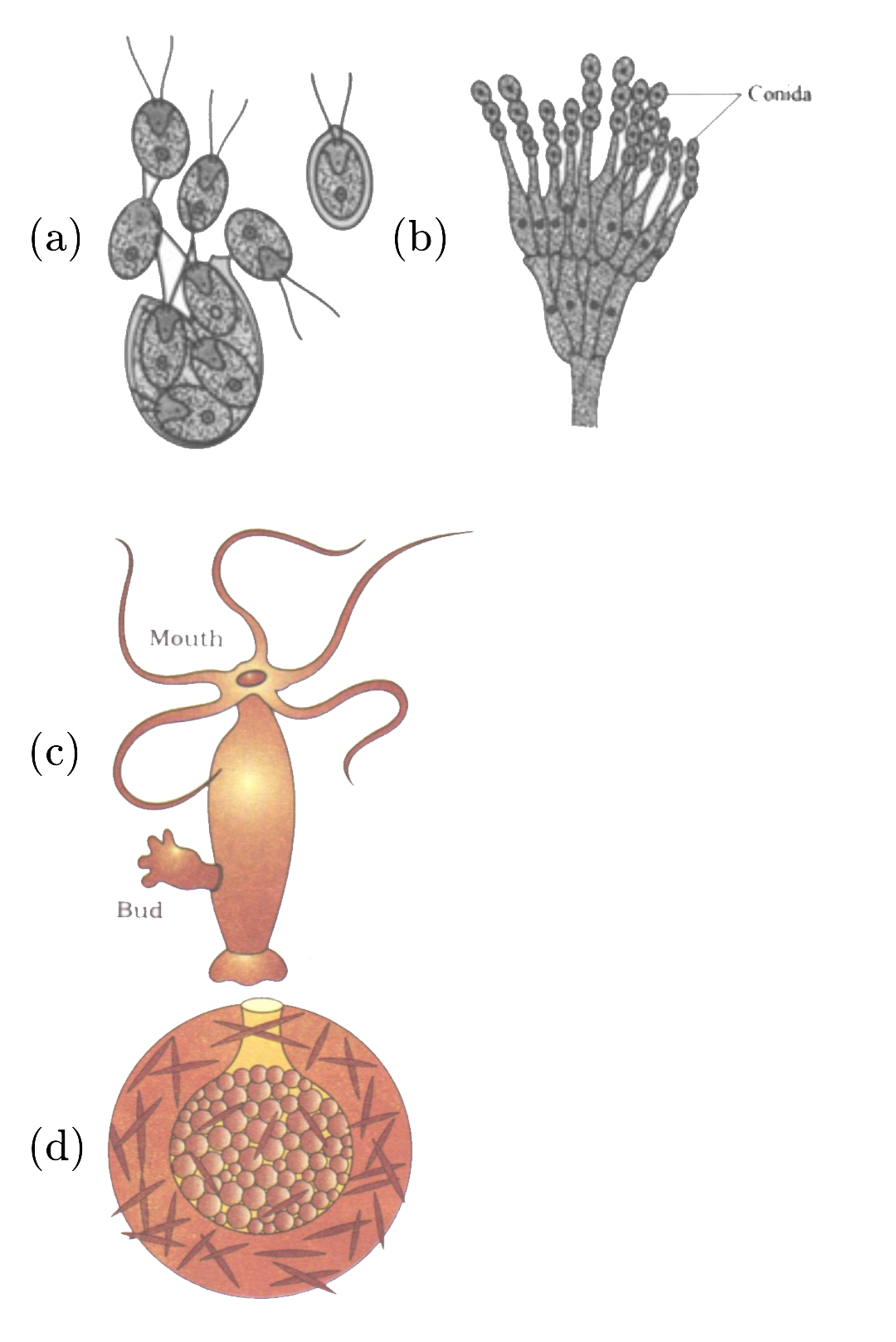The conidiophores of Penicillium are
uninucleate and colourless
uninucleate and pigmented
binucleate and pigmented
binucleate and colourless
The correct Answer is:B
To answer the question about the conidiophores of Penicillium, we can break down the information step by step.
1. Understanding Conidiophores:
- Conidiophores are specialized structures in fungi that produce conidia, which are asexual spores. In the case of Penicillium, these structures are crucial for reproduction.
2. Characteristics of Conidiophores:
- Conidiophores are erect branches of mycelium. This means they stand upright and are part of the fungal body.
- They are responsible for the formation of conidia, which are produced in chains.
3. Structure of Conidiophores:
- The conidiophores of Penicillium are typically uninucleate, meaning they contain a single nucleus.
- They are also pigmented, which gives them color and can be important for their function.
4. Absence of Food Cells:
- Conidiophores lack food cells, which means they do not store nutrients in the same way that some other fungal structures might.
5. Growth Orientation:
- Conidiophores grow vertically, which is important for the dispersal of conidia into the environment.
6. Conclusion:
- Based on the characteristics discussed, the correct description of the conidiophores of Penicillium is that they are uninucleate and pigmented.
Final Answer:
The conidiophores of Penicillium are uninucleate and pigmented.
---
- Conidiophores are specialized structures in fungi that produce conidia, which are asexual spores. In the case of Penicillium, these structures are crucial for reproduction.
- Conidiophores are erect branches of mycelium. This means they stand upright and are part of the fungal body.
- They are responsible for the formation of conidia, which are produced in chains.
- The conidiophores of Penicillium are typically uninucleate, meaning they contain a single nucleus.
- They are also pigmented, which gives them color and can be important for their function.
- Conidiophores lack food cells, which means they do not store nutrients in the same way that some other fungal structures might.
- Conidiophores grow vertically, which is important for the dispersal of conidia into the environment.
- Based on the characteristics discussed, the correct description of the conidiophores of Penicillium is that they are uninucleate and pigmented.
The conidiophores of Penicillium are uninucleate and pigmented.
Topper's Solved these Questions
- BOOK - AAKASH SERIESCHAPTER - BIOLOGICAL CLASSIFICATIONEXERCISE - EXERCISE-III (Previous AIPMT/NEET Question)37videos
BIOLOGICAL CLASSIFICATION
- BOOK - AAKASH SERIESCHAPTER - BIOLOGICAL CLASSIFICATIONEXERCISE - EXERCISE-I (Kingdom Plantae and Kingdom Animalia)15videos
BIOLOGICAL CLASSIFICATION
- BOOK - AAKASH SERIESCHAPTER - BIODIVERSITY AND CONSERVATIONEXERCISE - EXERCISE-II India - A major Source of Biodiversity and its Preservation2videos
BIODIVERSITY AND CONSERVATION
- BOOK - AAKASH SERIESCHAPTER - BIOMOLECULESEXERCISE - EXERCISE - III (Previous AIPMT/NEET Questions) (Enzymes)11videos
BIOMOLECULES
Similar Questions
Knowledge Check
- Question 1 - Select One
Assertion : Griseofulvin extracted from P.griseofulvum is used for ringworm treatment.
Reason : Trichopyton, Epidermophyton, etc., cannot grow well in presence of Penicillium griseofulvum.AIf both assertion and reason are true and reason is the correct explanation of assertionBIf both assertion and reason are true but reason is not the correct explanation of assertionCIf assertion is true but reason is falseDIf both assertion and reason are false
Penicillium produces
View SolutionSelect the correct statements regarding the figures given below

(i) (a) shows asexual reproduction through zoospores in Chlamydomonas.
(ii) (b) shows sexual reproduction through conidiophores in Peniciilium.
(iii) (c) shows buds in Hydra.
(iv) (d) shows gemmules in spongeView SolutionThe conidia of Penicillium are
View SolutionAscocarp of Penicillium is
View SolutionThe species of Penicillium used in ripening/maturation of cheese other than P camemberti is
View SolutionWhich species of Penicillium produces Roquefort cheese?
View SolutionSelect incorrectly matched pair :
(a) Rhizopus - Sporangiospore
(b) Penicillium - Ascocarp
(c) Mucor - Dikaryophase
(d) Aspergillus - ConidiaView Solution

